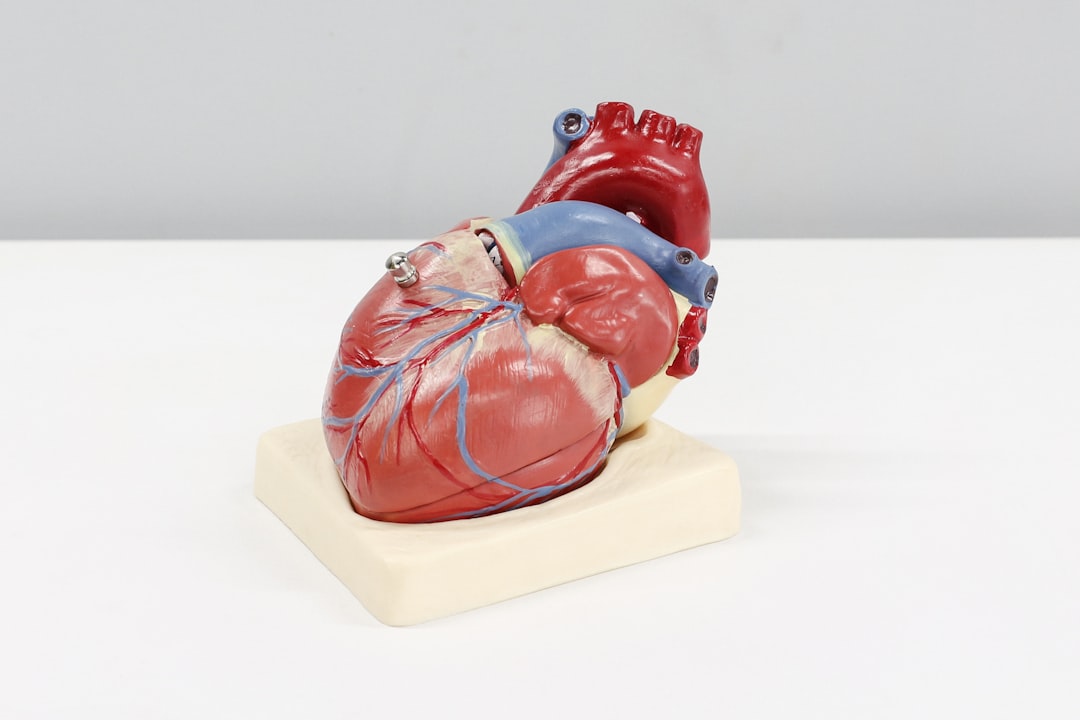What is it about?
Severe exacerbations associated with chronic obstructive pulmonary disease (COPD) that require hospitalization significantly contribute to morbidity and mortality. Definitions for exacerbations are very broad, and it is unclear whether there is one predominant underlying mechanism that leads to them.
Featured Image
Why is it important?
Functional respiratory imaging (FRI) with modeling provides detailed information about airway resistance, hyperinflation, and ventilation-perfusion (V/Q) mismatch during and following an acute exacerbation.
Perspectives
Recovery of an exacerbation is due to decreased (mainly distal) airway resistance (p<0.05). Improvement in patient-reported outcomes were also associated with decreased distal airway resistance (p<0.05), but not with forced expiratory volume. FRI is, therefore, a sensitive tool to describe changes in airway caliber, ventilation, and perfusion during and after exacerbation. On the basis of the fact that FRI increased distal airway resistance seems to be the main cause of an exacerbation, therapy should mainly focus on decreasing it during and after the acute event.
Wouter van Geffen
Medical Center Leeuwarden
Read the Original
This page is a summary of: Changes in ventilation–perfusion during and after an COPD exacerbation: an assessment using fluid dynamic modeling, International Journal of Chronic Obstructive Pulmonary Disease, March 2018, Dove Medical Press,
DOI: 10.2147/copd.s153295.
You can read the full text:
Contributors
The following have contributed to this page










